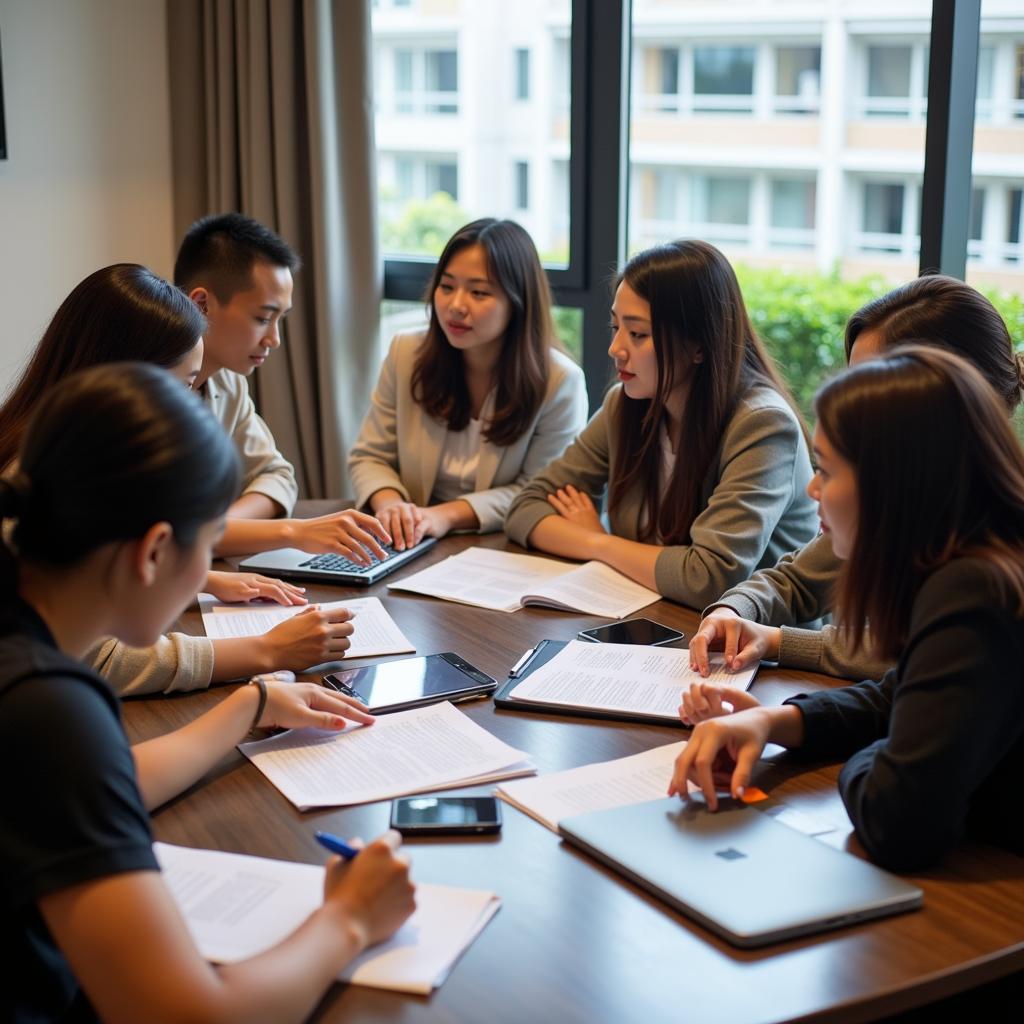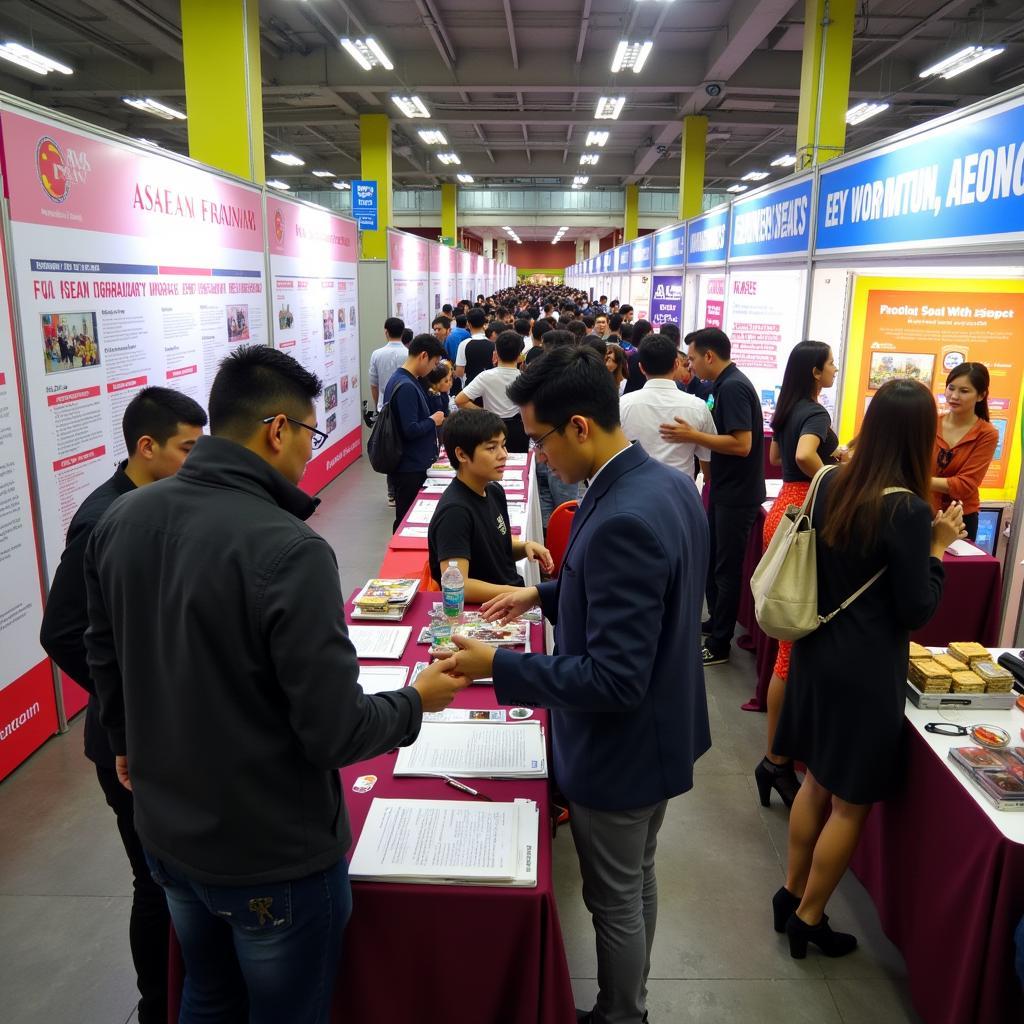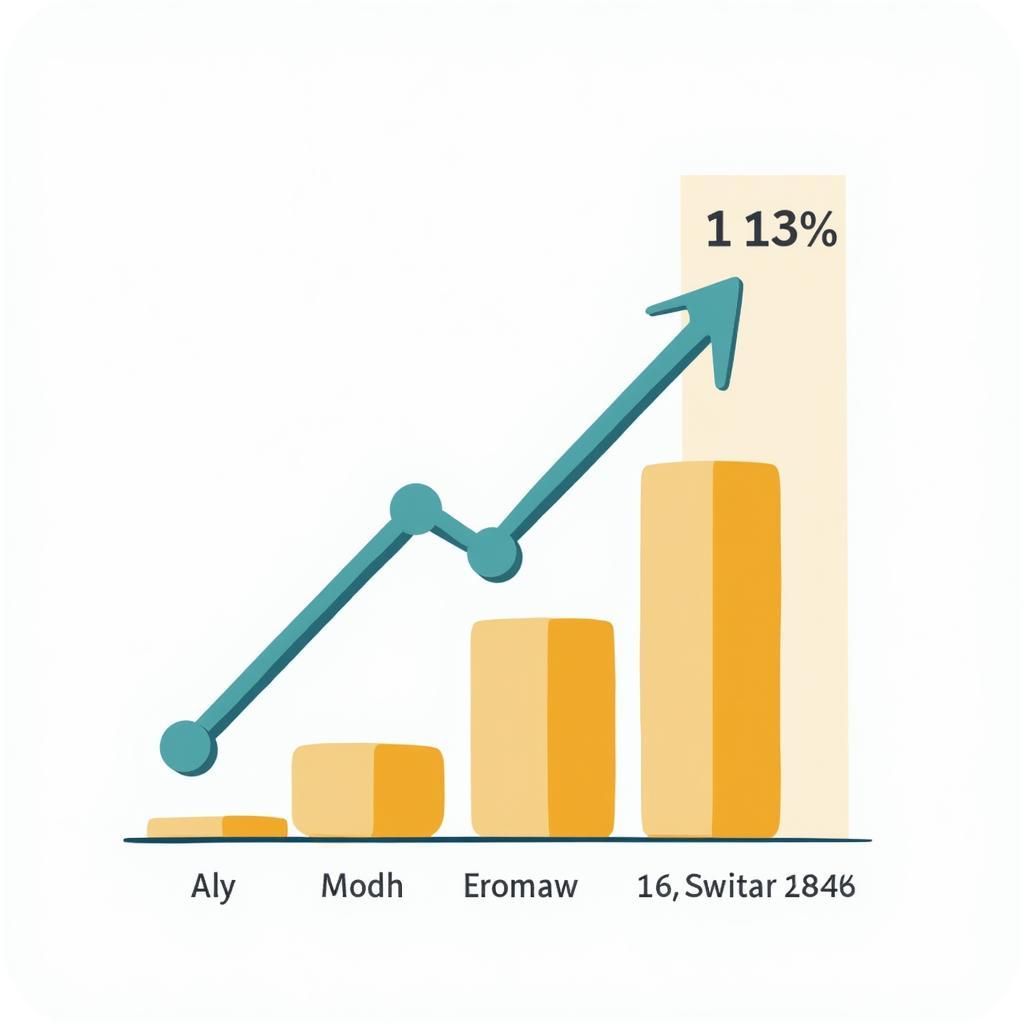The concept of an “ASEAN worker pool” has been gaining traction as a strategy for economic integration and development within Southeast Asia. But what exactly does this entail, and what are the potential benefits and challenges?
 ASEAN Workers Collaborating
ASEAN Workers Collaborating
Understanding the ASEAN Worker Pool
At its core, an ASEAN worker pool refers to the collective human capital of the ten member states, representing a diverse range of skills, expertise, and industries. It’s about facilitating the free flow of skilled labor across borders, enabling professionals to work in different ASEAN countries with greater ease.
This can take various forms, such as:
- Mutual Recognition Agreements (MRAs): These agreements streamline the recognition of professional qualifications across participating countries, making it easier for individuals to practice their professions in different ASEAN member states.
- Relaxed Visa Regulations: Simplifying visa processes for skilled workers from within ASEAN can encourage mobility and address labor shortages in specific sectors.
- Skills Development Programs: Collaborative initiatives focused on upskilling and reskilling the workforce to meet the evolving demands of the regional and global economy.
Benefits of a More Integrated ASEAN Labor Market
The potential benefits of a more integrated ASEAN worker pool are significant:
- Enhanced Economic Competitiveness: By allowing for the free flow of skilled labor, businesses can access the talent they need, fostering innovation and productivity. This can boost the overall competitiveness of ASEAN as a region on the global stage.
- Addressing Labor Shortages: Certain ASEAN countries face shortages of skilled labor in particular sectors. An integrated worker pool can help fill these gaps by connecting skilled workers with opportunities across the region.
- Boosting Regional Integration: Facilitating the movement of people for work fosters greater cultural exchange and understanding among ASEAN nations, further strengthening regional ties.
 ASEAN Job Fair
ASEAN Job Fair
Challenges and Considerations
While the potential of an ASEAN worker pool is vast, several challenges need to be addressed:
- Harmonization of Standards: Ensuring the quality and comparability of education, skills, and professional certifications across ASEAN nations is crucial for seamless labor mobility.
- Social Security and Labor Rights: Establishing clear frameworks to protect the rights and social security benefits of workers moving across borders is essential.
- Wage Disparities and Brain Drain: Addressing potential wage gaps and concerns about “brain drain” from less developed to more developed ASEAN economies is critical.
Realizing the Vision: Collaboration is Key
Creating a truly integrated and effective ASEAN worker pool requires a collaborative effort among member states. Governments, industries, and educational institutions need to work together to:
- Strengthen existing MRAs and expand their scope.
- Streamline visa processes for skilled workers within ASEAN.
- Invest in education and skills development programs that align with regional needs.
- Promote fair labor practices and social protection measures.
Conclusion
The ASEAN worker pool presents an exciting opportunity to unlock the region’s full economic potential. By fostering a more integrated and mobile workforce, ASEAN can enhance its global competitiveness, address labor market needs, and strengthen regional unity. However, realizing this vision demands ongoing commitment and collaboration among member states to overcome challenges and create a win-win scenario for all.
FAQs
1. Which countries are part of ASEAN?
ASEAN, the Association of Southeast Asian Nations, comprises ten member states: Brunei, Cambodia, Indonesia, Laos, Malaysia, Myanmar, the Philippines, Singapore, Thailand, and Vietnam.
2. What is the role of MRAs in an ASEAN worker pool?
Mutual Recognition Agreements (MRAs) are agreements among ASEAN countries to recognize each other’s professional qualifications. This facilitates the movement of professionals across borders, as they don’t need to re-qualify in another ASEAN country to practice their profession.
3. What are some of the challenges of creating an ASEAN worker pool?
Some key challenges include harmonizing education and skills standards, addressing wage disparities, ensuring the protection of labor rights and social security benefits for mobile workers, and mitigating concerns about potential “brain drain” from certain countries.
4. How can I find out about job opportunities in other ASEAN countries?
Many online platforms specialize in job postings within ASEAN. You can also explore the websites of multinational companies operating in the region, as well as consult with recruitment agencies specializing in ASEAN markets.
5. What is ASEAN doing to address the issue of brain drain?
ASEAN is working on initiatives to improve education and skills development in less developed member states, promote equitable economic growth, and create attractive employment opportunities within all ASEAN countries to retain skilled workers.
Need support? Contact us 24/7:
Phone: 0369020373
Email: [email protected]
Address: Thon Ngoc Lien, Hiep Hoa, Bac Giang, Vietnam.
